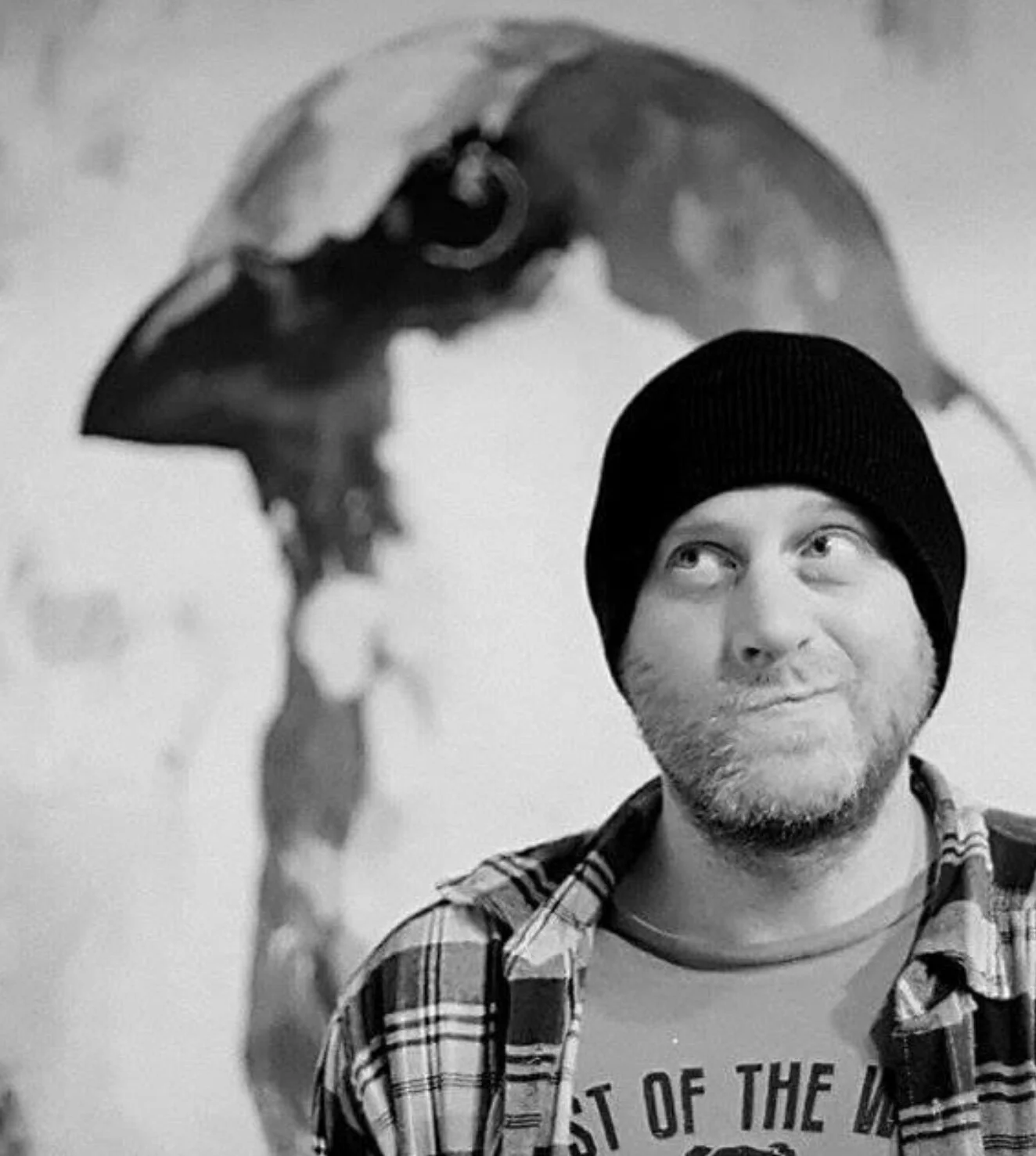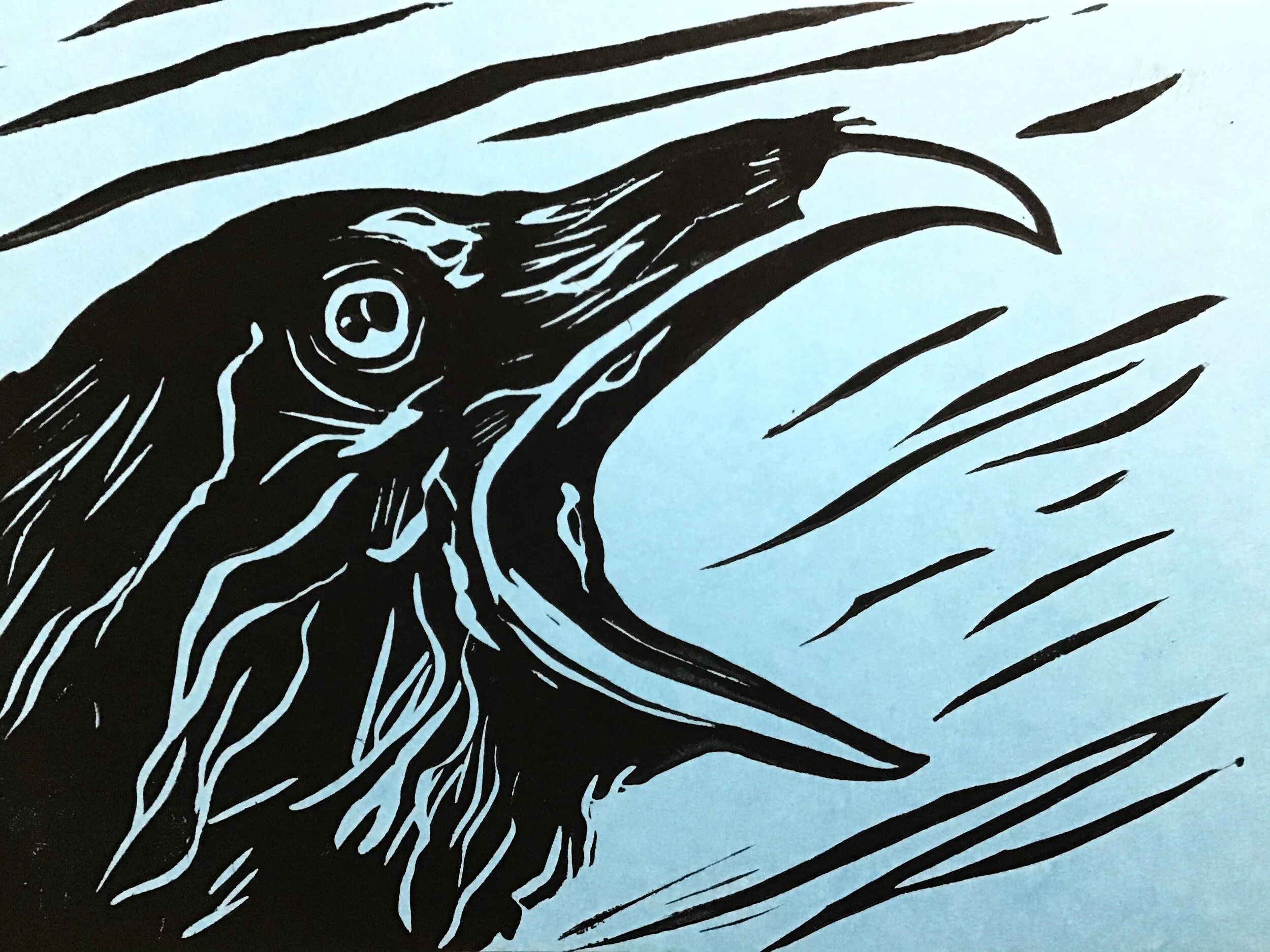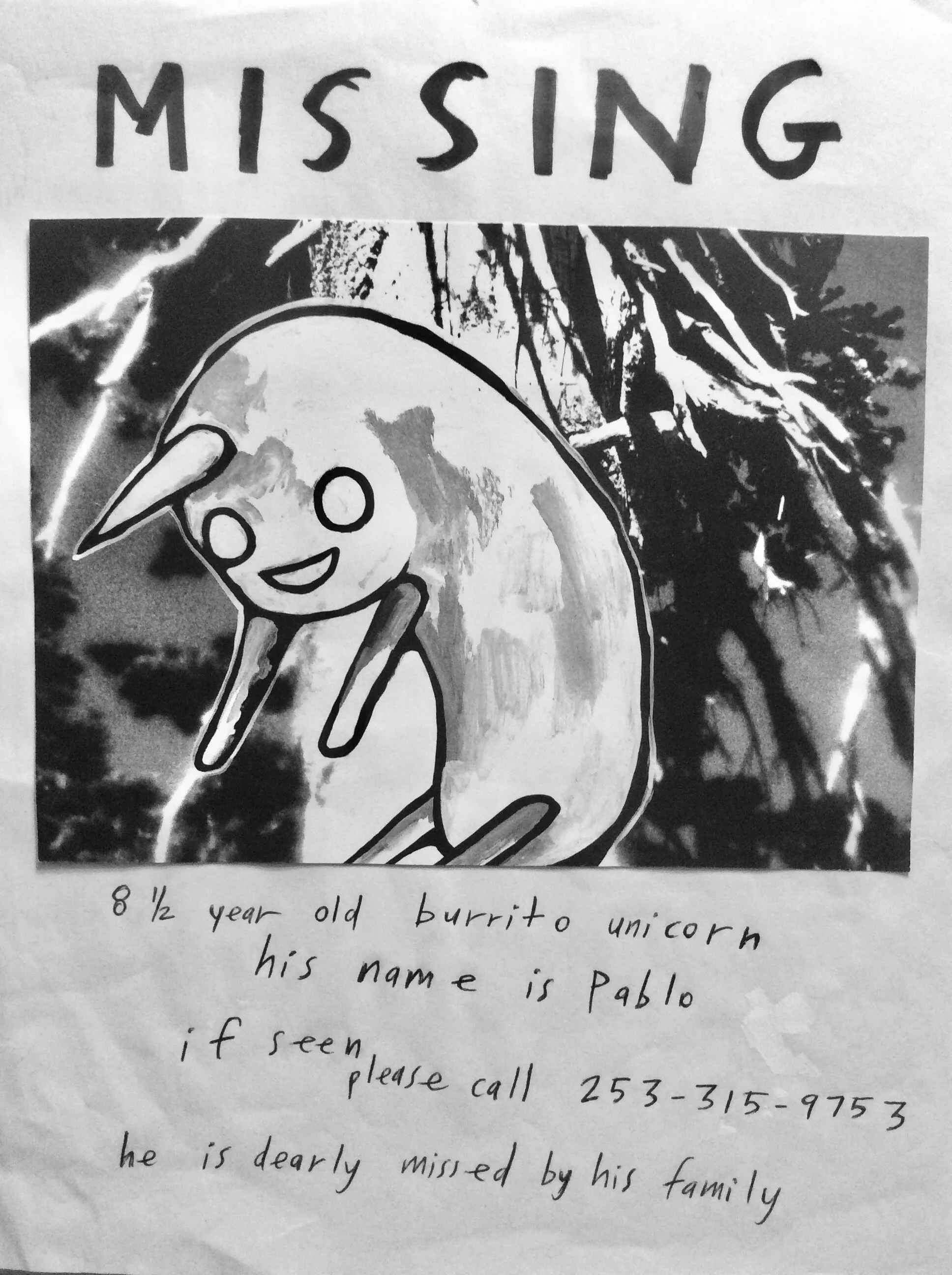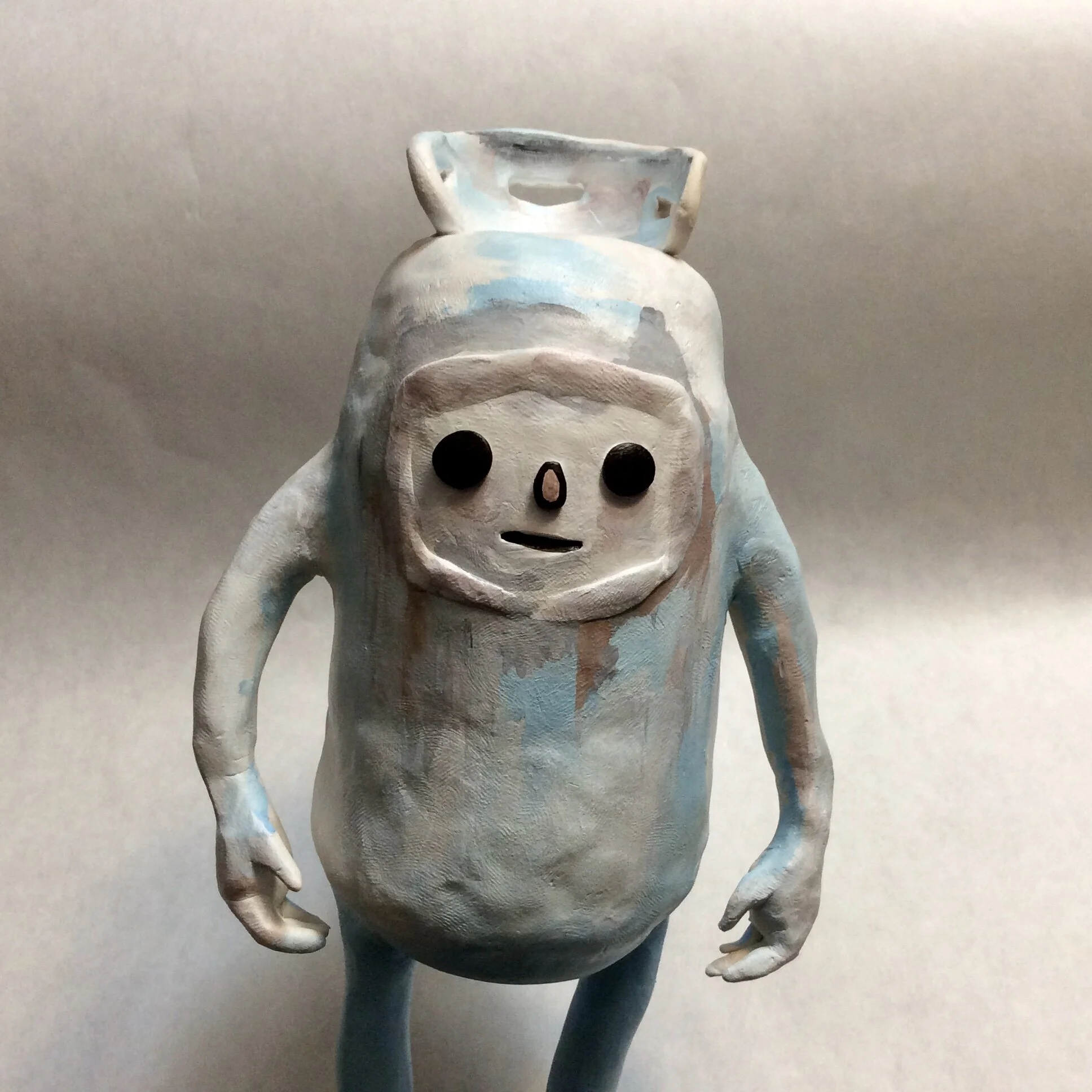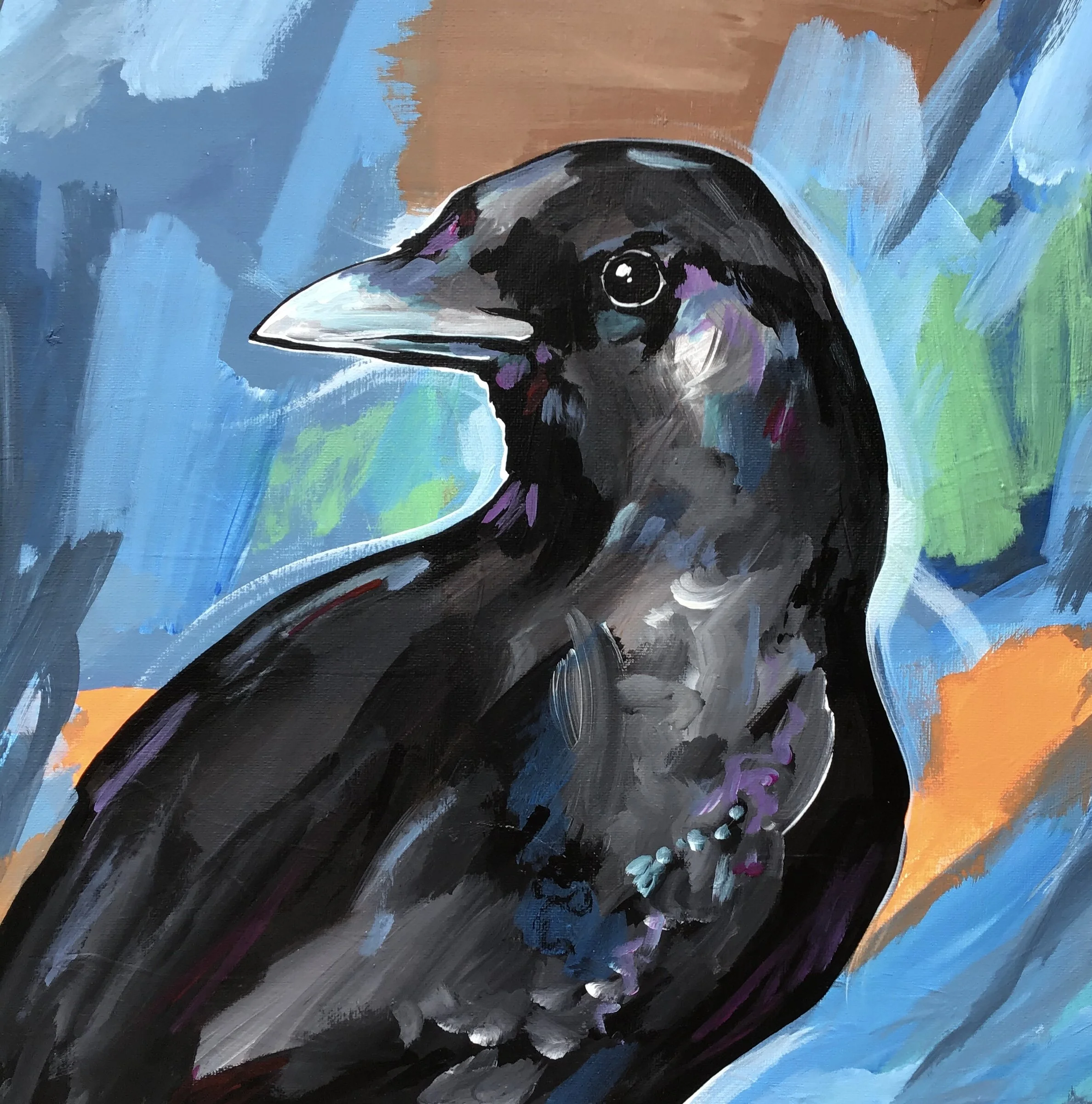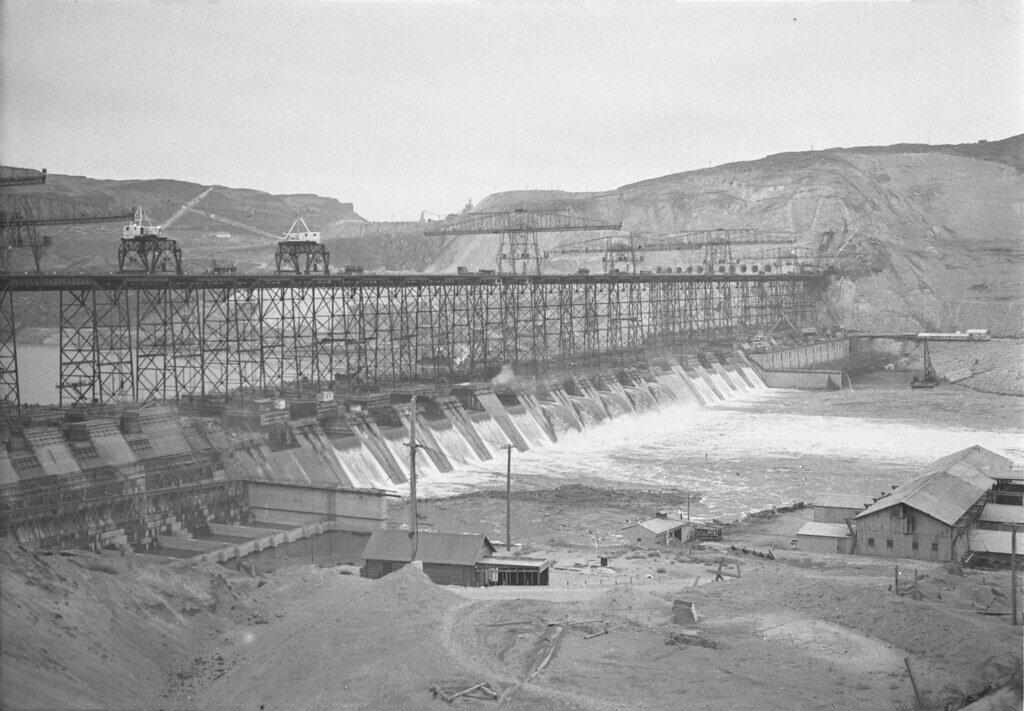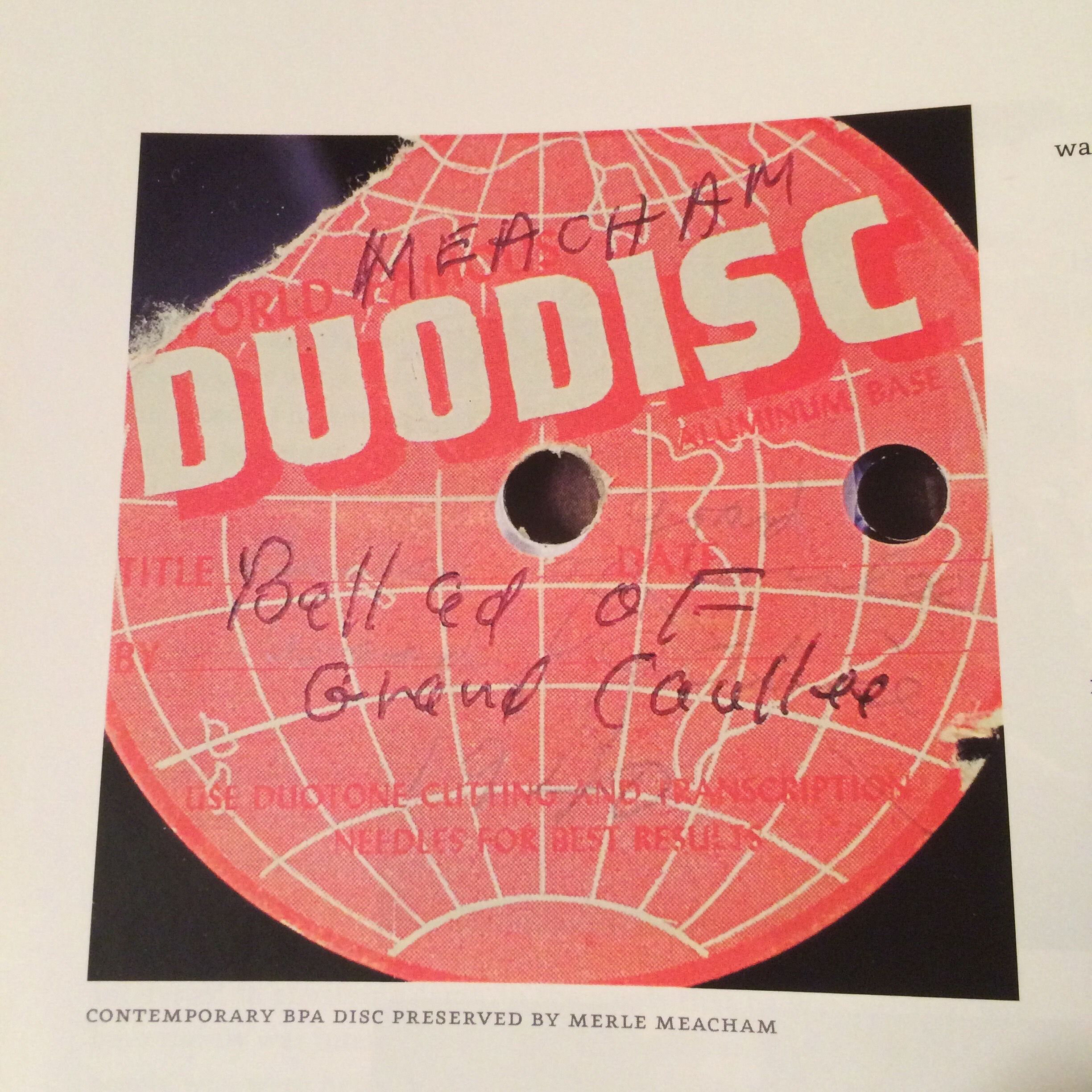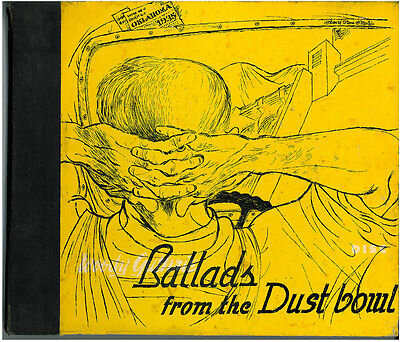By Bob Stowell
“Dwarfs are still the butt of jokes. It’s one of the last bastions of acceptable prejudice.” ~Peter Dinklage
St. Patrick’s day used to be one of my favorite holidays. My love for Irish music, the parades, the parties, the festive spirit. But that joyous spirit wore off as the years went by. As one of the few people with dwarfism in our community, it turned into the occasional outburst of “HEY WEEMAN!!! Let me put ya up on my shoulders and you can be my lucky Leprechaun.” The drunken men that would chase me around the pub, trying to lift me up and the ladies who’d laugh at that behavior. Those moments became the downfall to what could be a great time.
What is it that draws so many to continue to make people with dwarfism the acceptable form of harassment and prejudice? There is a minority within the minority of little people that seem to enjoy that type of humor. M***** Wrestling. Dwarf tossing. Mini-this and wee-man that... Little people that find no problem in selling-out on their size. And I get it. I’ve been there myself. Before having kids and during my drunken younger years, I had no problem going on stage and performing for others at the cost of my dignity. From Spokane to Wenatchee, many people would see a drunk, naked M***** fall around on stage while performing with a theatrical rock show. Why? Mostly for a sense of acceptance. I mean, if you’re gonna point and laugh at me, it might as well be for a reason. Now that I’ve grown, settled down and become a responsible father to my children, I realize how damaging my actions were to the progress and success of others with dwarfism.
I strongly believe that another factor to why LP’s (little people) choose the route of comic relief is that it’s very hard to find employment when you’re short.
My son and I, who share the same type of dwarfism, have been passed over for jobs, only to see our friend or another — sometimes less qualified person — get the job. Where as my average height daughter could find a job with little to no issue. A large percentage of the employment I’ve had came with a strong reference or recommendation from a friend.
I can’t blame the management. How often from birth to death do we hear “Your child is so tall and handsome (beautiful).” Society has placed this distinction that height equals quality. So from where I’m standing, I can see many excuses to why LP’s look to acting and comical arts.
You might have noticed in the news recently that Games of Thrones star, Peter Dinklage stirred a lot of emotions when he called out Disney’s Snow White remake. “You’re still making that fucking backwards story about seven dwarfs living in a cave together. Have I done nothing to advance the cause from my soap box?”
He was trying to make the point that Disney is continuing to reinforce society’s prejudices. Even if they had seven real dwarf actors (not CGI), those actors are agreeing to take on demeaning roles that perpetuate this negative attitude.
Without respect, there cannot be equality. Society has come a long way from the days of sideshows and jesters. People with dwarfism have made some major strides that don’t involve comical themes. There are doctors, lawyers, teachers, mechanics, and the list goes on. By no means, am I putting down little people who want to follow their Hollywood dreams to become actors and actresses. Meredith Eaton, Nic Novicki and many others have made a great career in acting without taking roles that were based on their dwarfism. But humanity is lost when people are referred to as adjectives, instead of their real names.
At this point, you’ve probably noticed that I won’t type out the M-word. And out of respect for all LP’s, I try not to. If you haven’t figured out what the M-word is, it rhymes with Gidget. The term comes from ‘midge’ which refers to a small fly. I never hear it used in a way that makes me feel warm inside. It’s very dehumanizing. As unwelcome as that term is today, it was once used in the title to the association that Billy Barty had organized in 1957. The association was assembled so that other people with dwarfism could meet and mingle. It was an opportunity in that, for a moment, they would feel companionship amongst others. Since then, they have changed the name of the group to Little People of America. What started as a small group of 21 actors and actresses, has grown to over 7,500 members across America. And every year they hold a national conference filled with family type activities, medical forums, workshops, dances and other social activities.
Going back to the words of Peter Dinklage when he accepted the Golden Globe award in 2012 for his role in Game of Thrones — at the end of his speech, Dinklage mentions a friend he’s thinking of, Martin Henderson, from New Zealand who was a dwarf that had been tossed by a drunken England rugby fan. The fan and the English rugby team had just been to a dwarf tossing event held at the local pub in Somerset, UK. Martin was out celebrating his 37th birthday when he had stepped outside for a cigarette. The rugby fan came up to Martin, picked him up and dropped him on the ground. Martin suffered serious injuries that left him wheelchair bound and in 2016, he passed away at the age of 42. I tell you this, because it happens.
People, often men - often drunk, will try to pick me up. They aren’t expecting my 4’4” body to weigh as much as it does, because they usually fall, dropping me. By whatever powers that be, I’ve never been seriously injured. This, and so many other reasons (don’t get me started on public restrooms), will cause a high level of anxiety in me and other LP’s whenever we step out. From childhood to adulthood. Most of us with dwarfism just want to live our lives. We’re not here just for your comic relief.
That’s not to say I don’t have a sense of humor. There’s a huge difference when you’re laughing at someone vs. laughing with someone. Such as laughing at me and my son as he’s standing on top of the shopping cart to reach top shelf items vs. laughing at this picture of my son and I having our annual passing of the Lucky Charms.
Happy St. Paddy’s Day!



























































